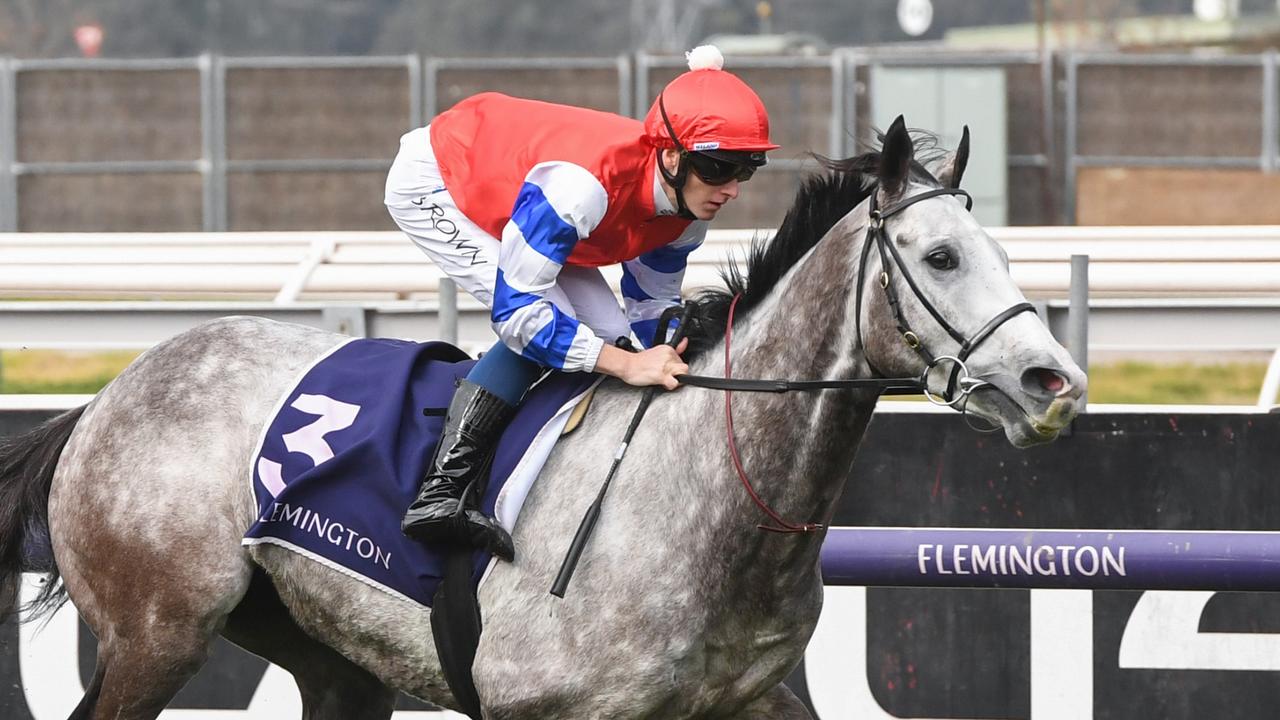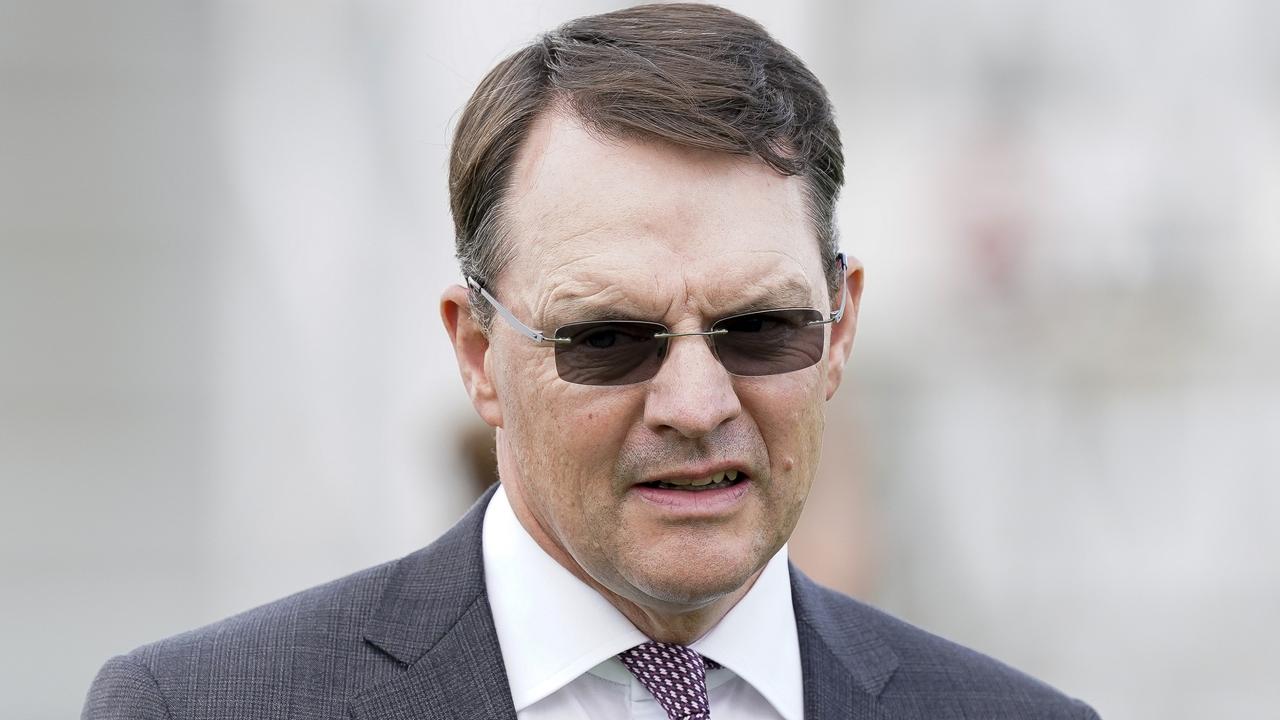What you need to know about the first female jockey to win the Melbourne Cup
RIDING has taken her around the world and to almost every track in Australia. This is how the first female winner of the Melbourne Cup beat 100-1 odds.
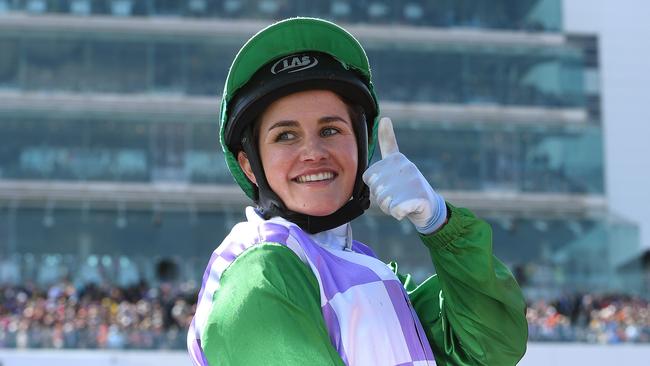
Melbourne Cup
Don't miss out on the headlines from Melbourne Cup. Followed categories will be added to My News.
MICHELLE Payne, 30, is the youngest of the famous Payne racing clan.
Of the 10 Payne siblings, eight became jockeys. Payne’s father, Paddy, and two brothers, Andrew and Patrick, are now trainers.
She got her first taste of riding at the age of four on a shetland pony and has been a professional jockey since she was 15, winning her first race in Ballarat on Reigning, a horse trained by her dad.
She’s now has five Group 1 wins, and rode in her first Melbourne Cup in 2009 aboard the late Bart Cummings’ horse Allez Wonder.
Riding has taken her to France, England, Ireland, Switzerland, Mauritius and New Zealand, as well as almost every track in Australia.
Payne was six months old when her mother, Mary, was killed in a car accident not far from their home outside Ballarat.
She lives in Essendon and owns a farm near Ballarat with her brother, Stevie, 32, who is a strapper at Darren Weir’s stable and has Down syndrome. She hopes to train horses on the property when she retires from riding.
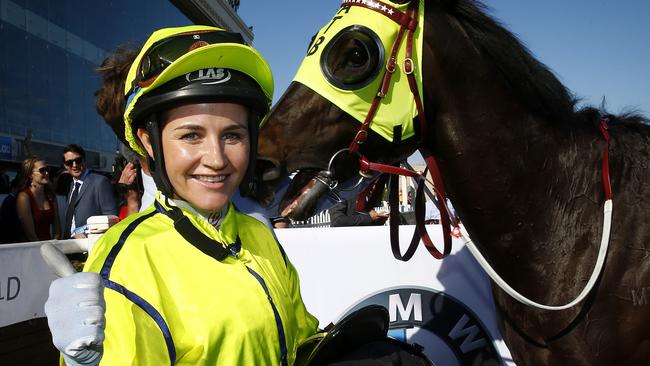
AT THE TRACK
“I have a pretty set routine when I get to the track. I arrive not too early, get changed into my silks, get weighed in, and then I’ll walk the track, usually while the race before is in the barriers. When they go past, I’ll walk after them because you can see freshly where the footmarks are and how deep they go into the track and where the fastest ground is. All that’s easier to see when it’s just been galloped over. I’ll walk back and in the time before the race, I’ll do a lot of stretching and go over the form again. I’ll have already been through it at home but I’ll refresh my memory as to the runners I need to follow and to work out my positioning. You speak to the owners, then head out for the race. I don’t get nervous any more, but still can occasionally. I just make sure I’ve covered all the bases. If you’ve done your very best and things don’t work out, you can’t help that. In the past I’ve had stages where my past falls have worried me (Payne fractured her skull and bruised her brain in a race fall at Sandown in 2004, and fractured her wrist in another fall) but we’re lucky at Racing Victoria to have counsellors and sports psychologists and I’ve seen someone who helped me put strategies in place to deal with it. I’m over it now and it’s second nature to get out there and be competitive and do your best.”
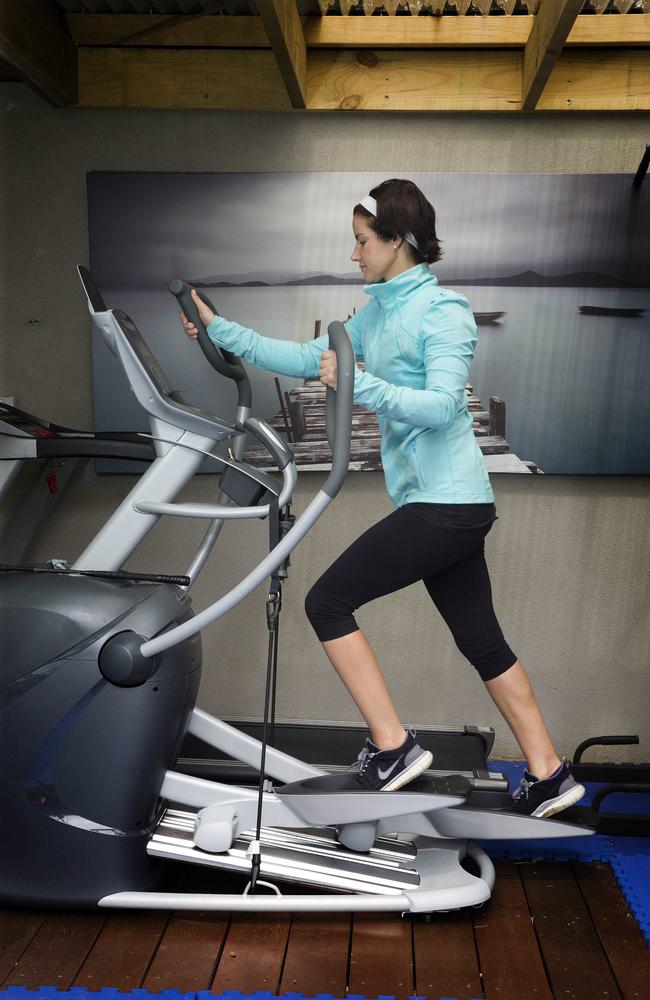
DINING OUT
“My favourite restaurant is Nobu at Crown. It’s great for jockeys because it’s small portions. I love the taste and it’s reliably good. My must-order dishes are the sashimi, the beef tataki and the steamed broccoli. I also like Squires Loft for a good steak when I can eat, Longrain for cocktails and Chin Chin.”

TRACKWORK
“I’m up any time between 3.30am and 5am for trackwork. At Flemington, I do ride work for Gai Waterhouse. The horses are ready to go so I jump straight on and give them a little trot to warm them up. Gai will give me instructions at the tower and I’ll take the horses out to where she wants to give them a workout, either in the dirt or on the grass. I’ll come back and report in, telling her how they went. Often I’ll head off to do the exact same thing at Caulfield but for a few different trainers.”
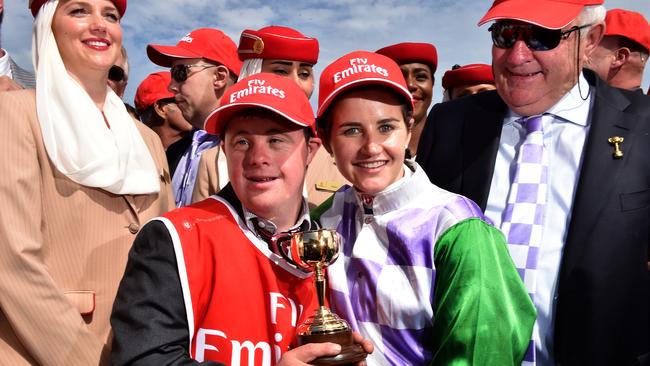
FAMILY
“Most of the family are in Victoria. One sister is in Hong Kong and one’s in Sydney. My sister Therese lives around the corner. I see her a fair bit. She’s got four kids. When my family catches up, it’s always competitive, even if it’s Pictionary. We’re organising a table-tennis tournament soon where you pick your partner and everyone puts in money. Everything’s about competition. It’s never just sit around and have a lovely day. It’s always some sort of game. I have 15 nieces and nephews. We’re a family of breeders. I have an agistment farm in Ballarat, near the racetrack. Stevie and I own it. Next year, they’re bringing in a transition period where you combine riding and training. The plan is to set it up to train horses when I retire from riding. I’m excited about the next phase of my career and I love it there, getting the tractor out and feeding the hay out. I’d like to be a little old lady there one day.”
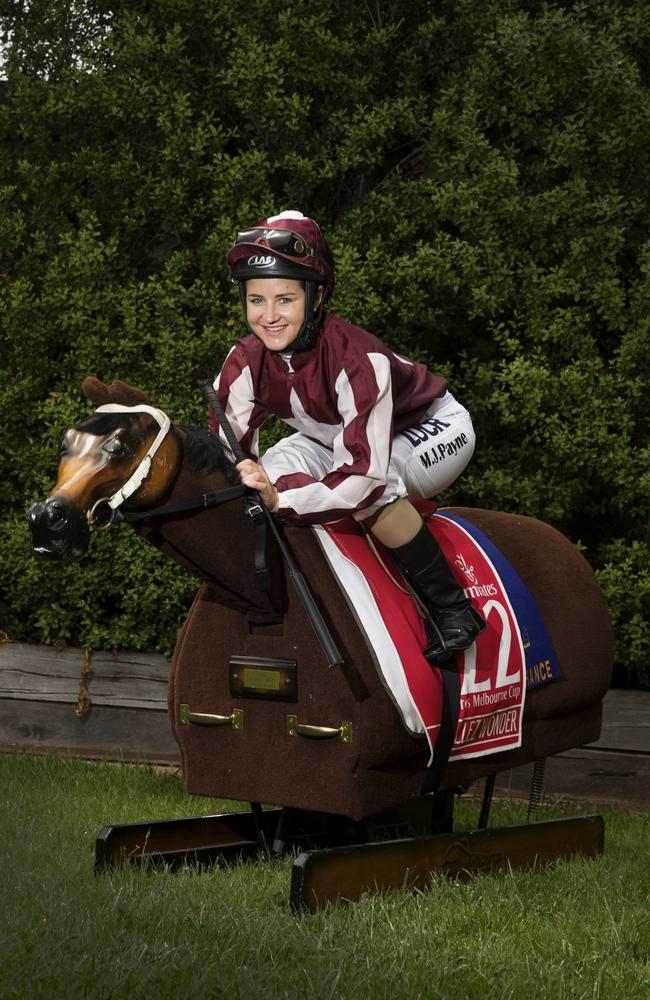
TRAINING AT HOME
“I’ve set up a gym and a spa at home where I train. You have to be super fit to be a jockey. You use every muscle in your body. I recently went on holiday to America for six weeks. I trained for at least an hour a day to keep my fitness up but it still took me another two months to get really race fit when I got back. It’s pretty tough. I do a lot of interval training and weights so I’m strong but not too muscly. It’s a fine line. I’ve started tabata training, which is high-intensity interval training that helps you burn fat but makes you stronger at the same time. I’m 54kg all year around, which I can maintain fairly comfortably, but I do pick up lighter rides at 52kg or below. To get down to that weight I eat the bare minimum and only healthy vegetables, and train a lot. When I need to lose weight, I set the spa to 40C and sit in there for an hour. I also have a treadmill and cross trainer and the Equicizer (a mechanical horse that simulates riding), which I’ve had for 16 years and use most days.”
Originally published as What you need to know about the first female jockey to win the Melbourne Cup

